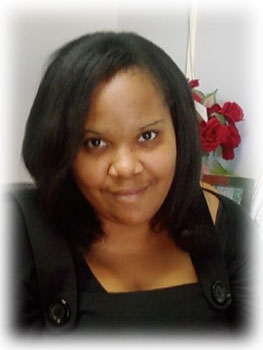PACE Global Haiku • January 2009 |
Lipstick by Before taking the Global Haiku Traditions class with Dr. Randy Brooks, I had no idea what haiku was. I vaguely remember hearing about it in elementary or junior high. I remember learning the 5-7-5 syllable rule. That was all we were taught about it. In this class, I have learned about the traditional writers such as Matsuo Basho and more contemporary authors like George Swede. I was made aware of the fact that nature is a key element in this form of poetry. I was more importantly made aware that the author writes about something dear to them and in a good haiku allows the reader to see what the writer is talking about. Even if the reader doesn’t see why the writer thought the subject was worth writing about, the image should be clear enough that they could relate. I titled this collection “Lipstick.” Sometimes in life, like lipstick, no matter how hard we try we cannot get it right. Sometimes putting on lipstick can be done with no effort. While doing a dozen other things, lipstick can be easily applied. Other times, everything seems to go wrong including the simple task of putting on lipstick. This collection is about the things that happen during our lives that may not turn out just right. |
lipstick |
frosted windows |
thunderstorms |
the tropical plant |
The Photo photograph propped on fireplace how comfortable all four fit walking through the corridors in the sunlight a phone call from the darknes photgraph propped on the dresser |
© 2009, Randy Brooks • Millikin University
All rights returned to authors upon publication.
